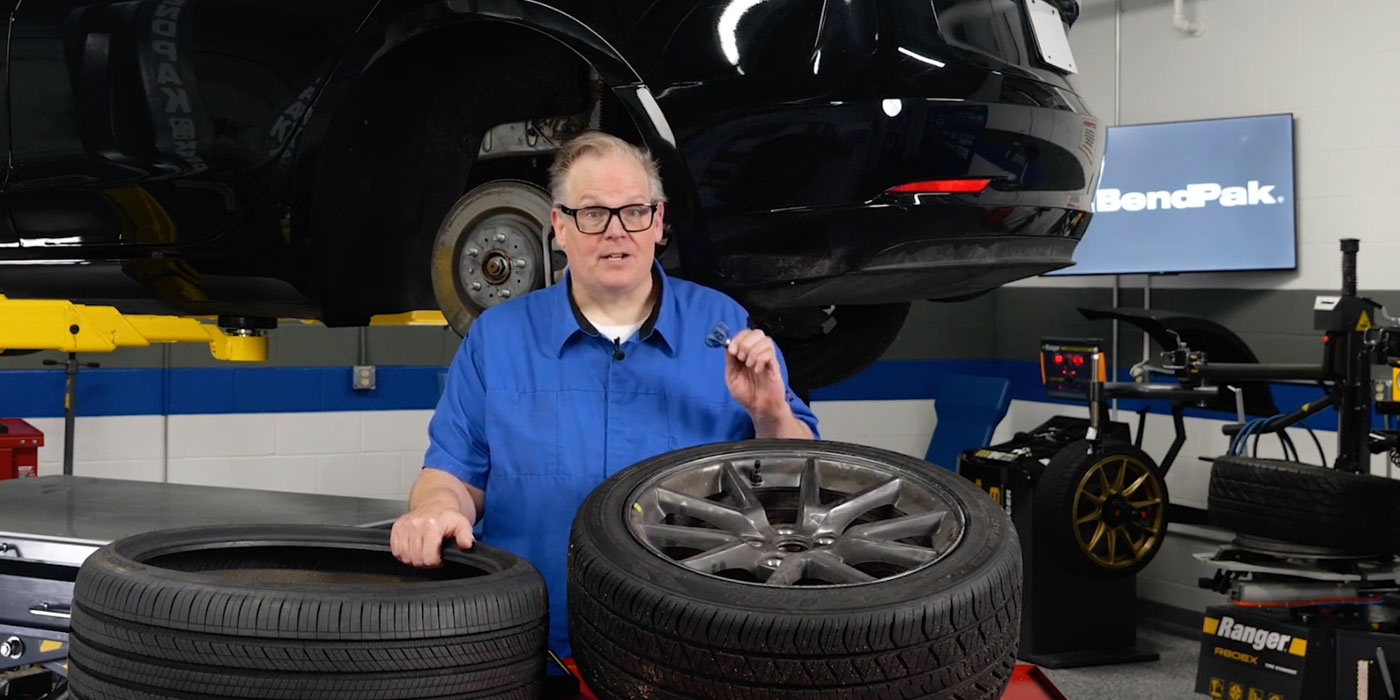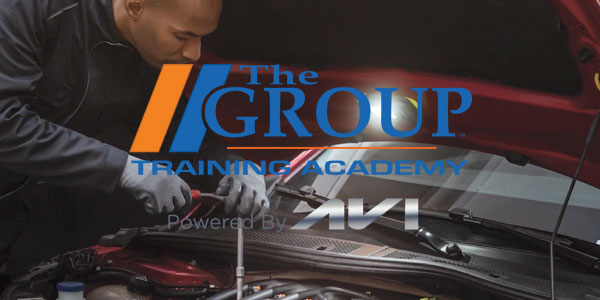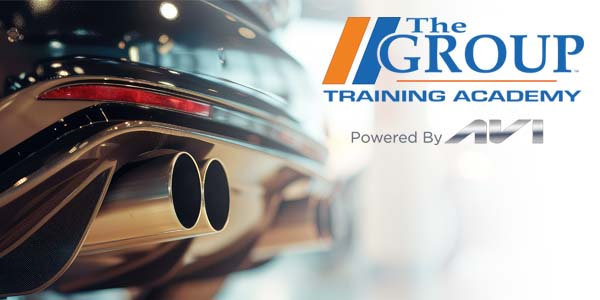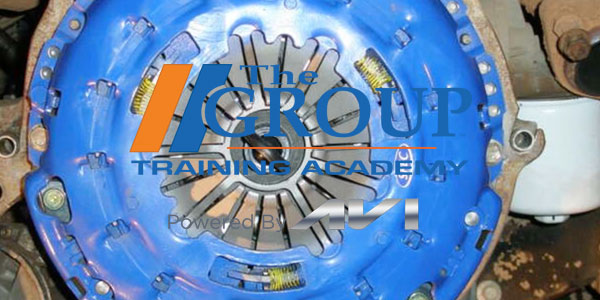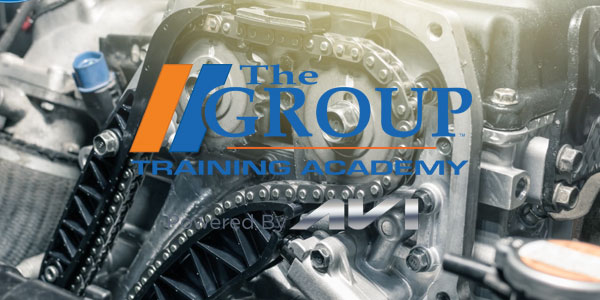Catalytic converters usually become overheated due to incomplete combustion, resulting in too much unburned fuel entering the converter.
When unburned fuel enters the converter, it gets burned up. If you add too much unburned fuel, the converter will move past its thermal operating limits and the precious metals in the catalyst formulation will pool together in a process referred to as sintering or metal migration.
A catalytic converter needs the right kind of exhaust feed gas to work correctly. Only engines that are operating close to stoichiometry supply the right feed gas. The further you are from stoich, the more likely you are to have an issue that will eventually throw a cat code and destroy your converter.
This video is sponsored by AP Emissions Technologies.







